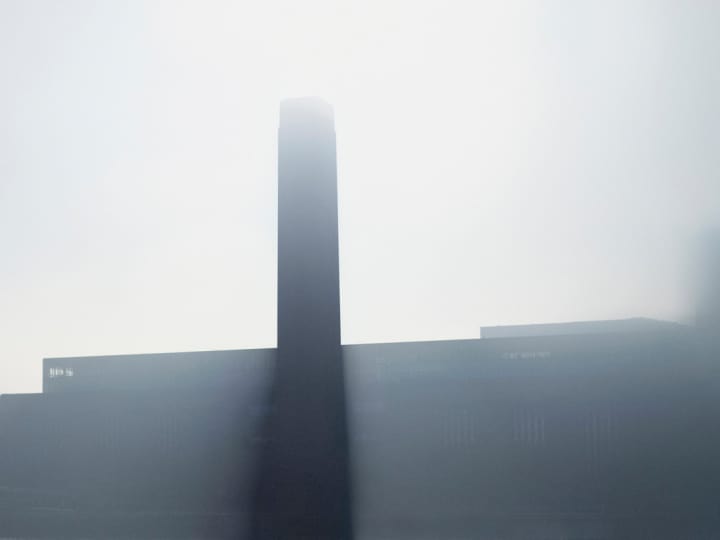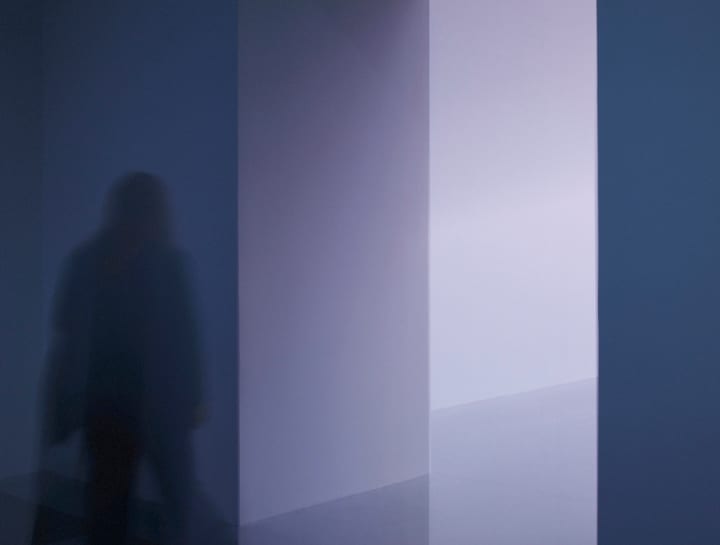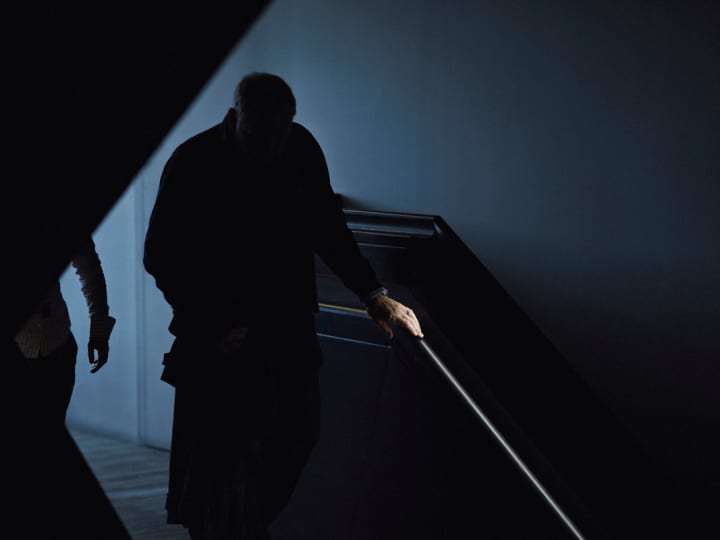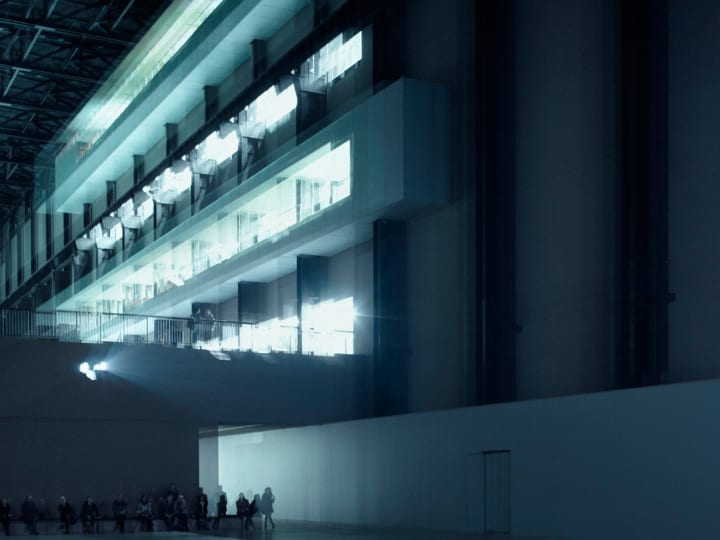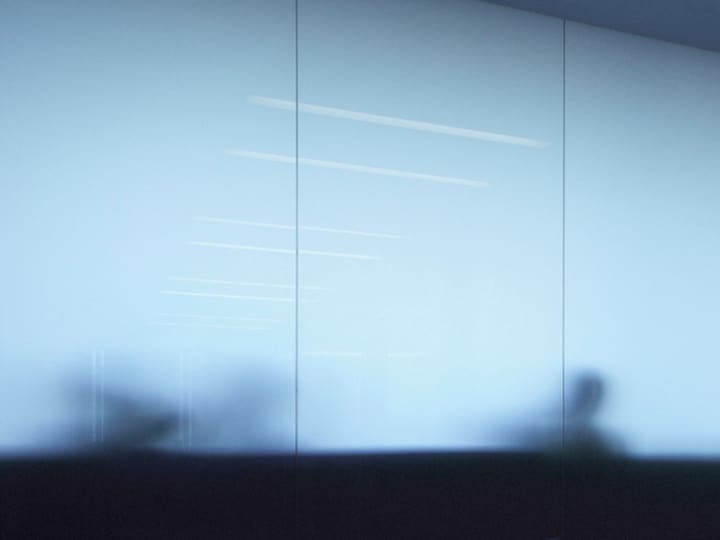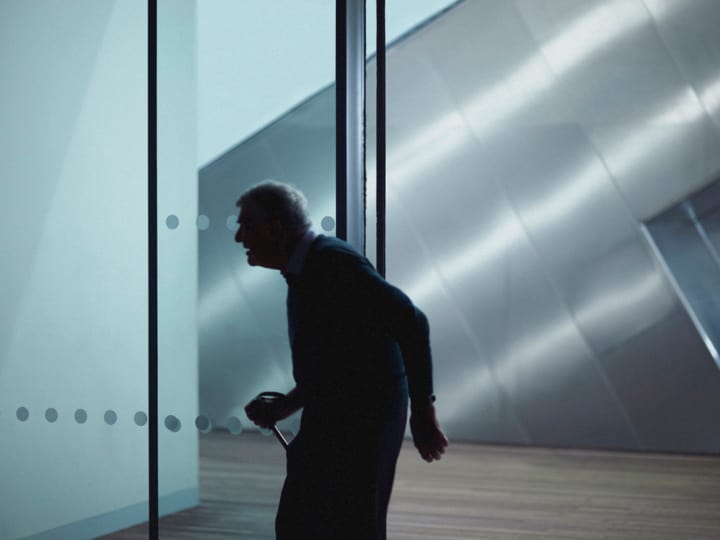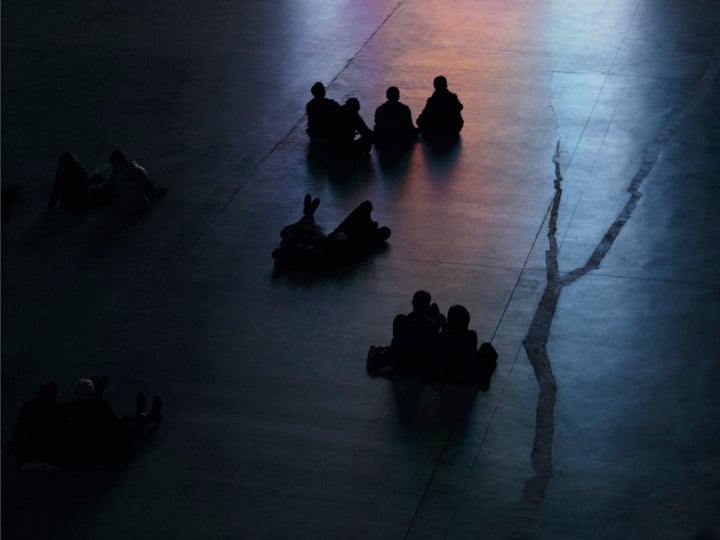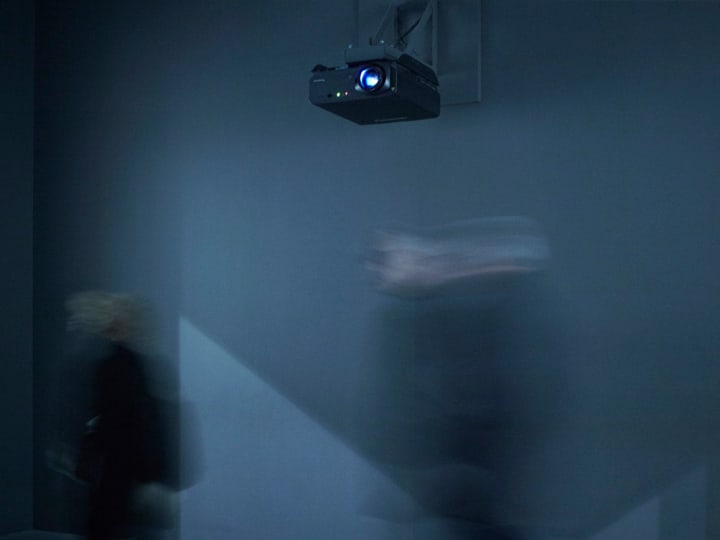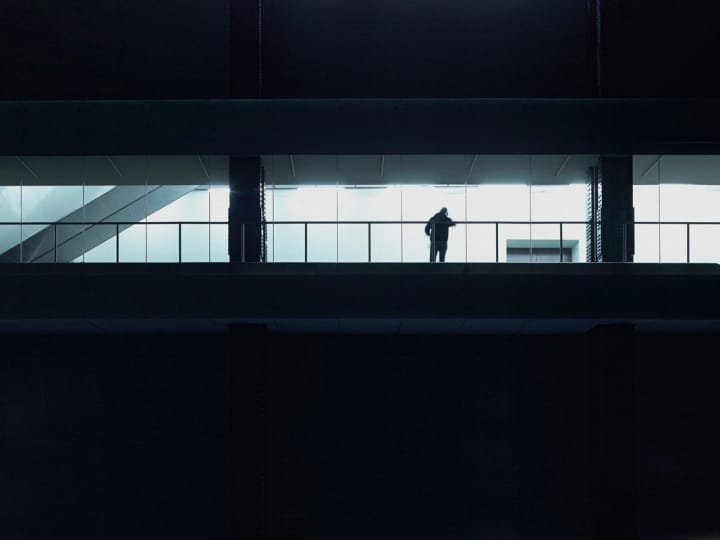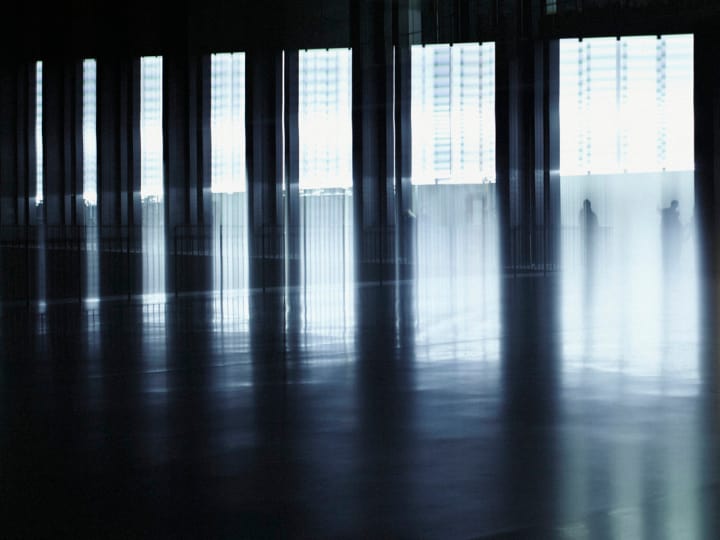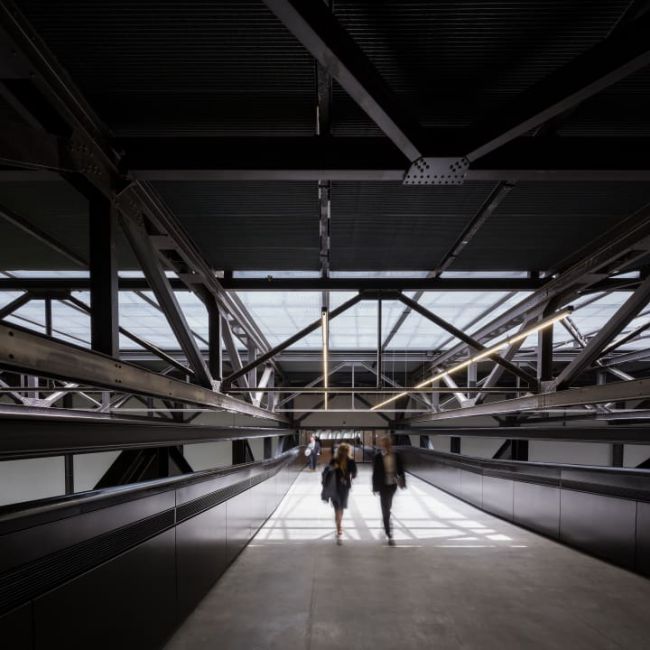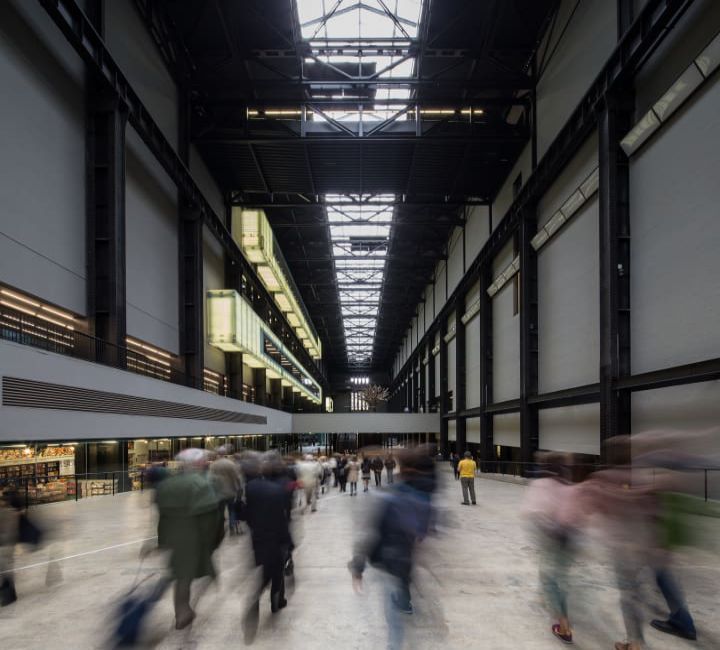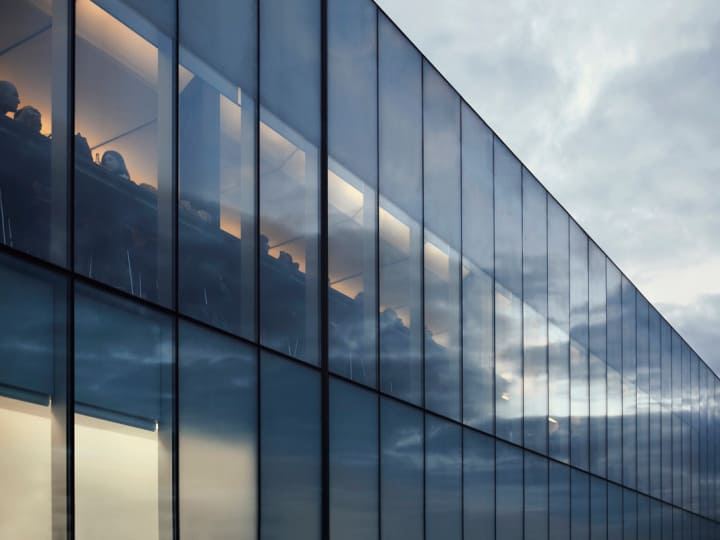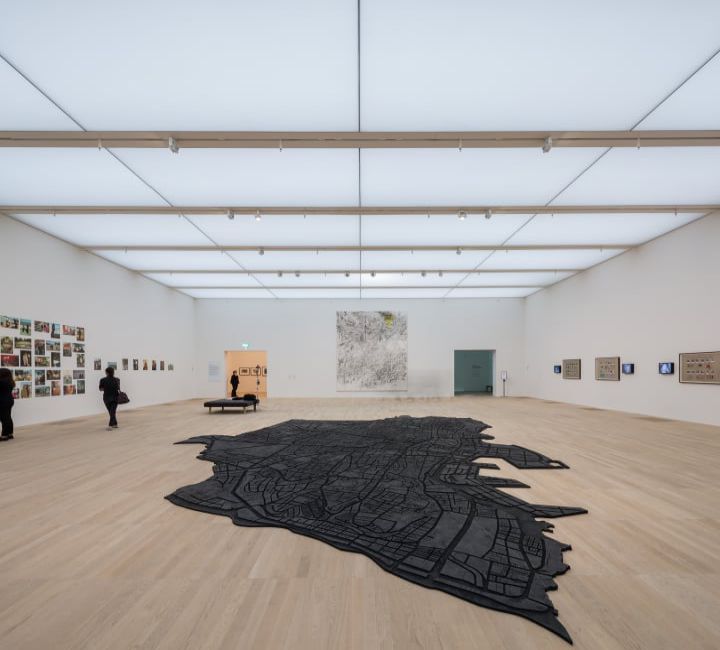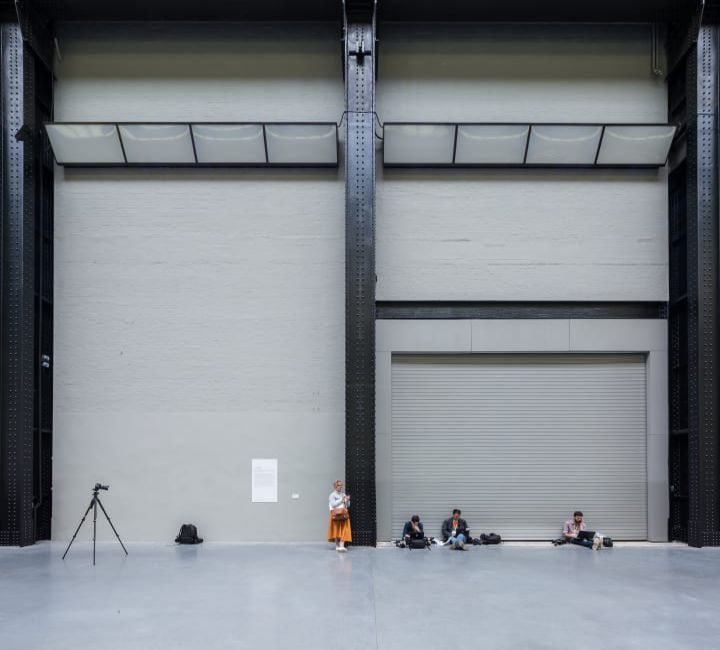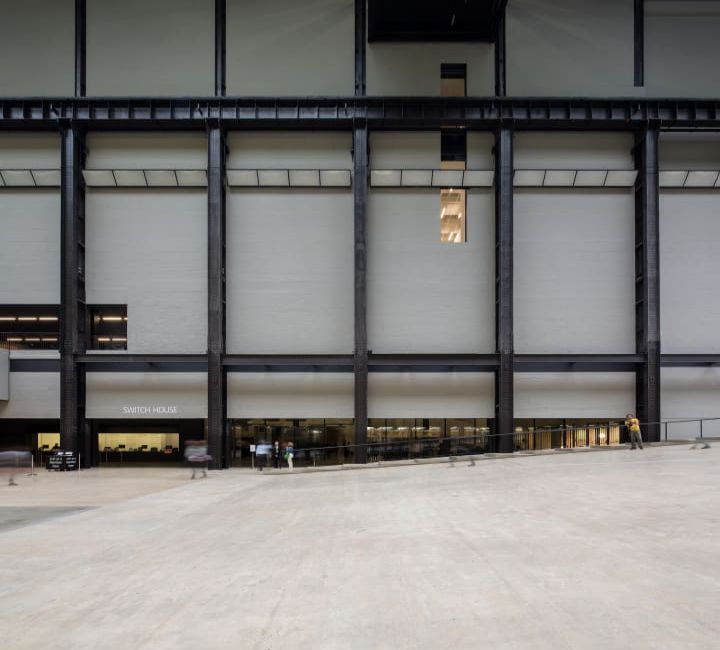A new development project to the south of the existing building which will transform Tate Modern.The north entrance is a space that is more than simply a zone of passage. Its sloping ceiling stretches out between two mighty architectural elements: the brick tower on one side and the turbine hall on the other. The glass shaft of the escalator is a body of light that suffuses floor and ceiling; it is akin to the light beam on the roof of the museum and the bay windows in the turbine hall.
The properties of this area, so close to one of the Tate Modern’s main entrances, make it an ideal and multipurpose exhibition space that is the perfect complement to the other galleries. It has therefore logically become the base camp of our exhibition.
Ordinarily, in exhibitions of architecture, the buildings themselves are absent and therefore communicated by proxy in models, plans, films and other documents. This time the building in question is present and can be fully experienced in all its sensuality. Instead of plans and documents, the building itself is on view. The exhibition is designed as a stroll in and around the building with fourteen stations and one base camp. Here in the base camp, a large architectural model of the Tate Modern, a projection and statements by the architects introduce the project and place it within the framework of Herzog & de Meuron’s oeuvre as a whole. The stations in and around the building are located in places that typify a specific characteristic or feature of the architecture.
